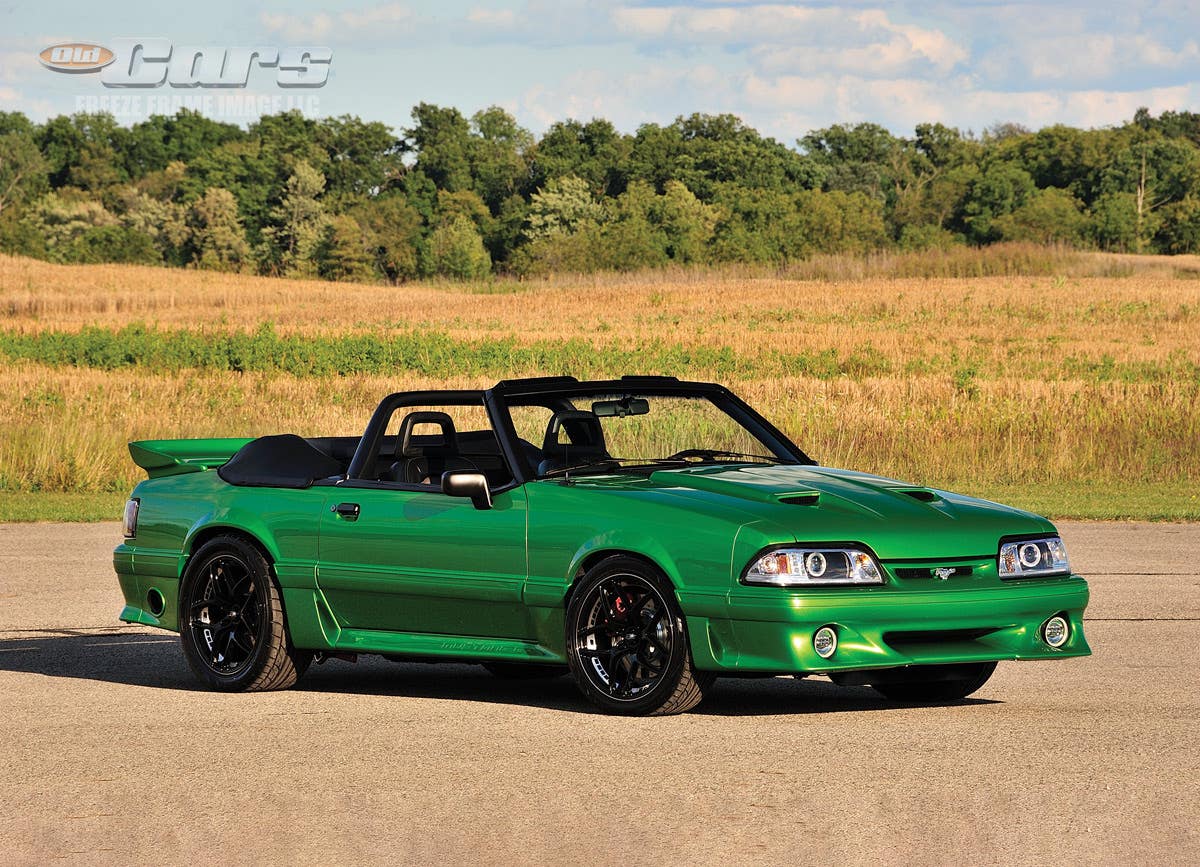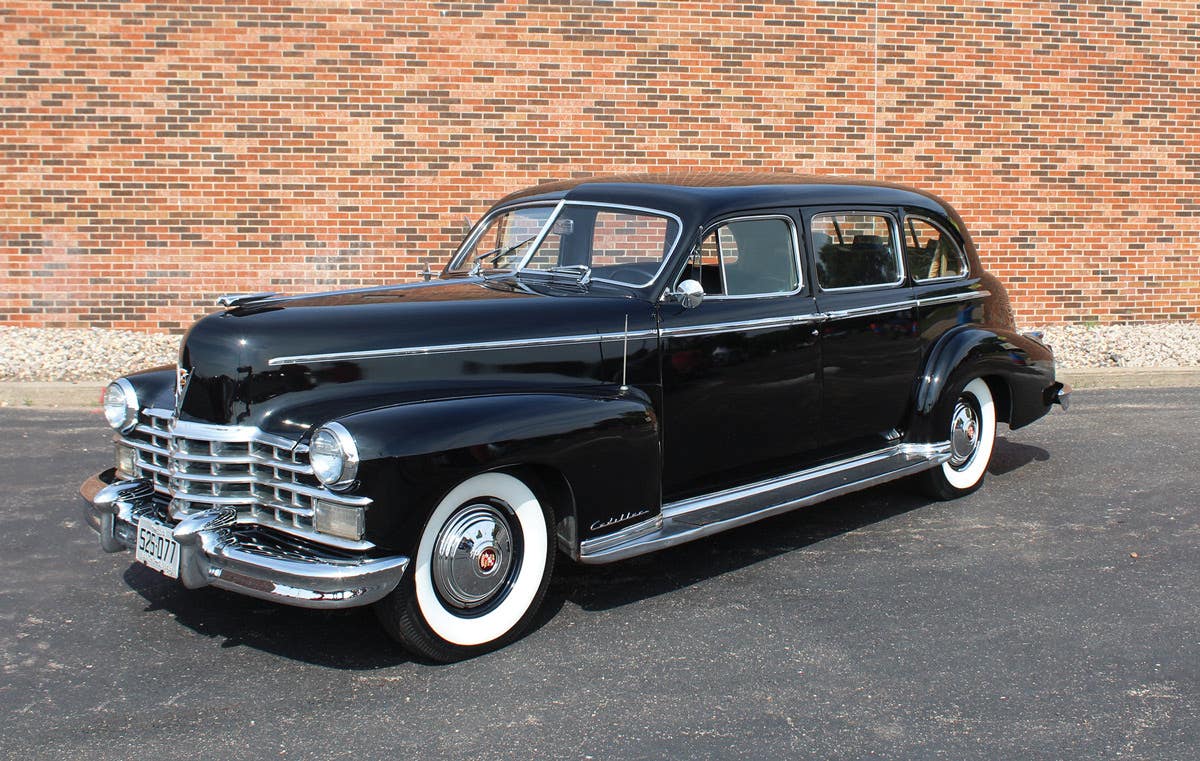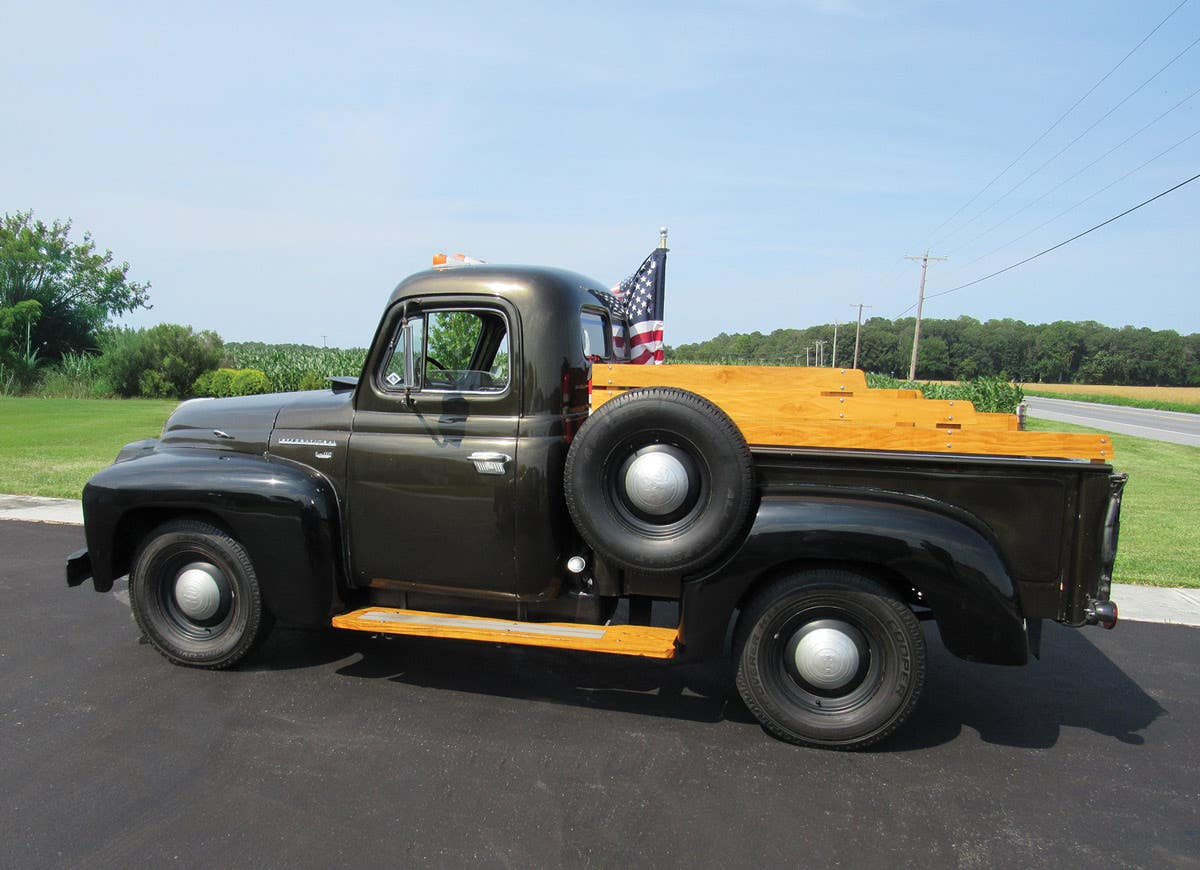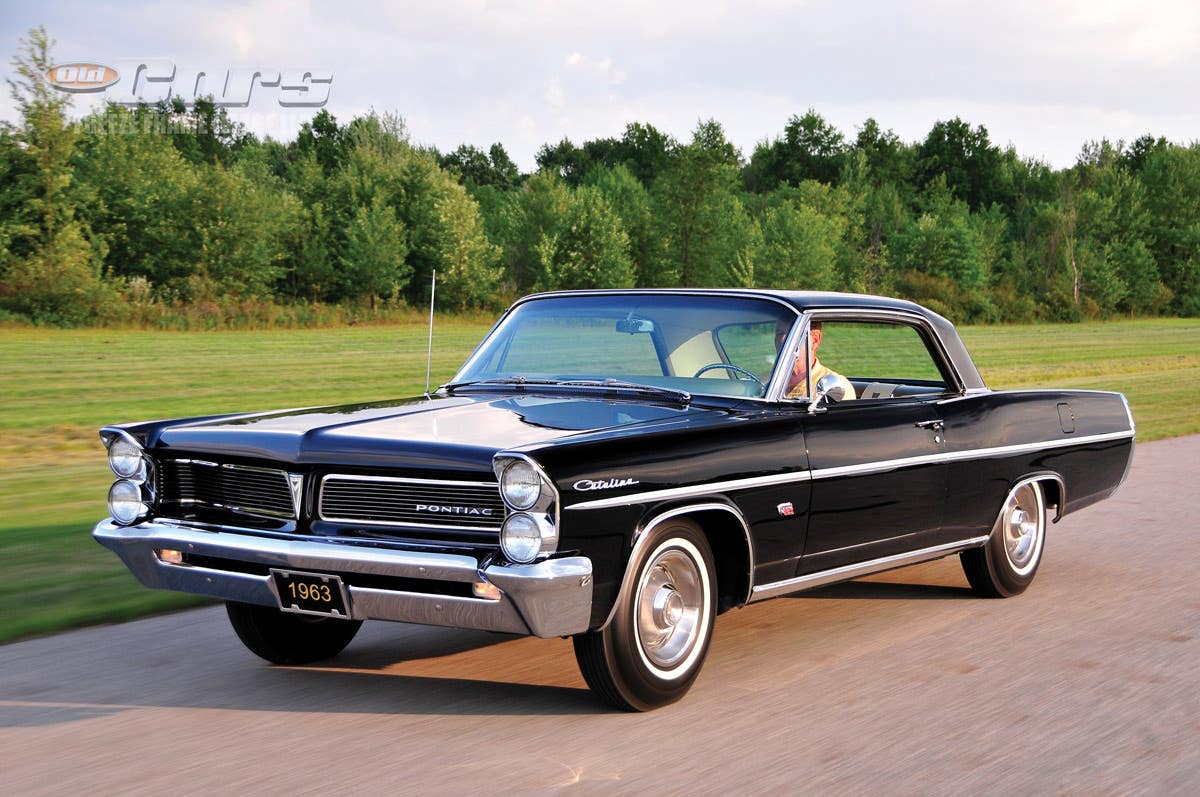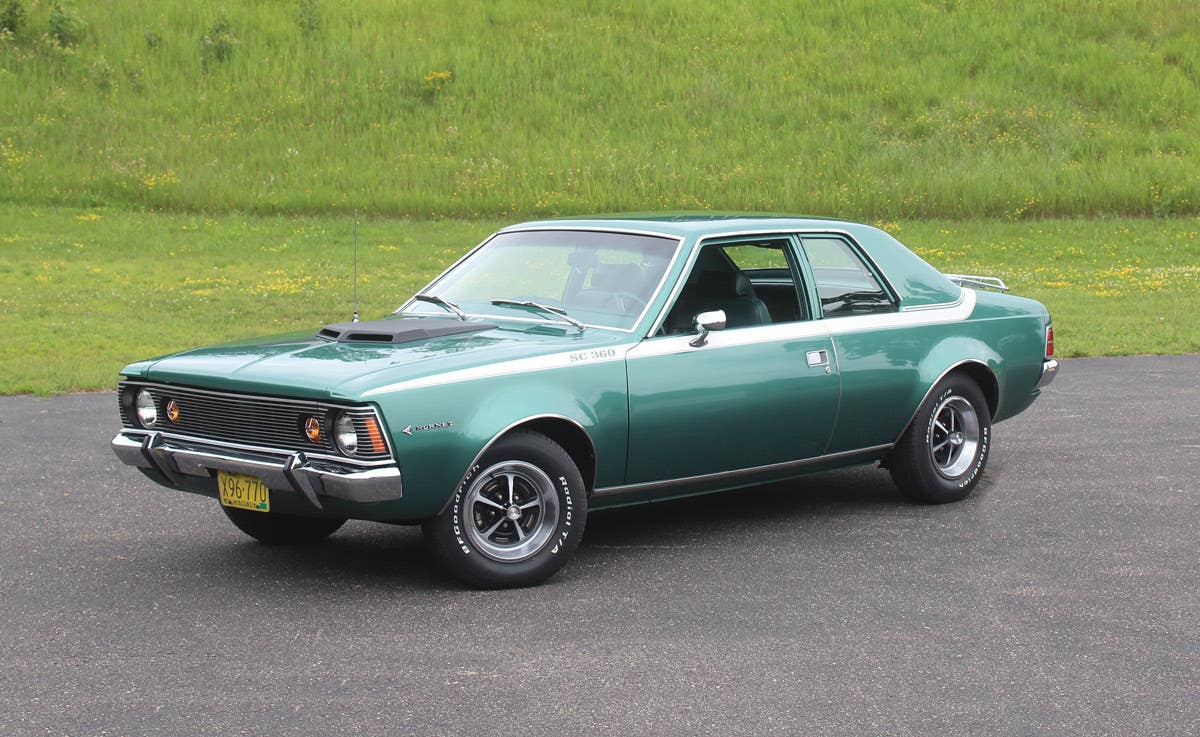Q&A with Kit Foster: August 15, 2013
Q. At first glance, one would assume this license plate topper to represent Flying A gasoline. However, I can only find stylized feathers and either red and white colors, or…
Q. At first glance, one would assume this license plate topper to represent Flying A gasoline. However, I can only find stylized feathers and either red and white colors, or have heard of red and gold colors “two known.” I’m starting to think this could be some other type of product being advertised. On the back it says “OVAL FLASHAD, DURA PRODUCTS MFG. CO., CANTON, OHIO.” I can find no information online about this company. I presume it went out of business when license plates started being attached to the car instead of the bumper. I purchased this topper from a second-hand store located in the panhandle of Idaho, but I doubt that would aid in identification.
— Tony Wieber, Spokane, Wash.
A. You’re right; the design of this flying A, with a green-outlined logo on a checkered red background, doesn’t match any I find for the gasoline of that name. Dura-Products Mfg. Co., however, managed to leave a few tracks in cyberspace. It seems to have been started by Carl Cable Steiner of Canton, Ohio, as the Buttonless Tire Cover Company. The name was changed to Dura-Products in 1931, and it continued in operation until 1945, when Mr. Steiner organized Cardinal Products Inc. in nearby Barnesville. This information comes from his obituary, published after his death in 1957. I see references online to various advertising items made by Dura-Products, of which this must be one. Others include Phillips 66 matchbook covers and a Dunlop tire display. Does anyone recognize this flying A?
-------------------------------------------------------------
Q. Regarding the 9/10s gasoline prices (Q&A July 11), I have seen advertisements in 1930-era newspapers citing gas wars using fractional portions of a penny. But consider “The Federal Excise Tax on Gasoline and the Highway Trust Fund: A Short History,” by Pamela J. Jackson of the Congressional Research Service, Library of Congress (April 4, 2006). A section says “As approved, Section 617(a) of the Revenue Act of 1932 (1) imposed a federal tax on gasoline sold by a producer or importer at the rate of one cent per gallon...” That is a pretty hefty tax, given the cost of a gallon of gas at the time. However, the government assured the public that the gasoline tax was temporary (Hah!). “Shortly before the tax was scheduled to expire, Congress enacted two bills into law that extended this tax for an additional year and increased its rate...to 1.5 cents per gallon, effective June 17, 1933…”
So, now the federal government itself was adding a fractional-cent amount to the cost of gasoline. Actually, when you consider that the company is getting one cent free for every 10 gallons of gas (then multiply that by millions of gallons of gas – for cars alone) that is a way for the company to get us to pay their taxes for them. Then think of all the chain saws, lawn mowers, weed eaters, motorcycles, etc. that also pay ... and what about boats, and all diesel operated equipment? That amounts to millions – if not billions – in “free money,” i.e., you pay for no product received.
— David Scrimshaw, Tioga, Pa.
A. Well, isn’t that the nature of all point-of-sale taxes? The amount of the tax does not buy any product, but goes to a governmental entity that spends it, if not on you then on someone else. And the seller is not keeping the tax. It is paid to the government on your behalf, saving you the trouble of filing a return, writing a check, etc., not to mention becoming a deadbeat and avoiding the tax. If you have sufficient non-highway equipment to make it worth your while, you can get your own gasoline tank for the machinery (farmers do this all the time), although there are various methods of security to ensure that you’re not using untaxed gas in your everyday car.
It could be that the first fractional gas prices were in response to a fractional-cent tax, but today the Federal gasoline tax is 18.4 cents per gallon, while state taxes range from 8.0 to 50.6 cents, yet pump prices are almost always set at 9/10 of a cent. Like I said, I think it’s psychological. As for the “hefty tax,” a gallon of gasoline cost some 10 cents in 1933, so one cent per gallon was 10 percent. Californians now pay about four dollars a gallon, of which 69 cents is tax. That works out to nearly 20 percent.
To submit questions to this column: E-mail angelo.vanbogart@fwmedia.com or mail to: Q&A, c/o Angelo Van Bogart, 700 E. State St., Iola, WI 54990-0001.
Got Old Cars?
If you don't subscribe to Old Cars Weekly magazine, you're missing out on the only weekly magazine in the car hobby. And we'll deliver 50 issues a year right to your mailbox every week for less than the price of a oil change! Click here to see what you're missing with Old Cars Weekly!
More Resources for Car Collectors:
- Classic car price guides, research, books, back issues of Old Cars Weekly & more
- Get expert restoration advice for your classic car
- Get car pricing, data and history all in one place
- Sign up for Old Cars Weekly's FREE email newsletter
- Need to buy or sell your classic car? Looking for parts or memorabilia? Search our huge online classified marketplace



